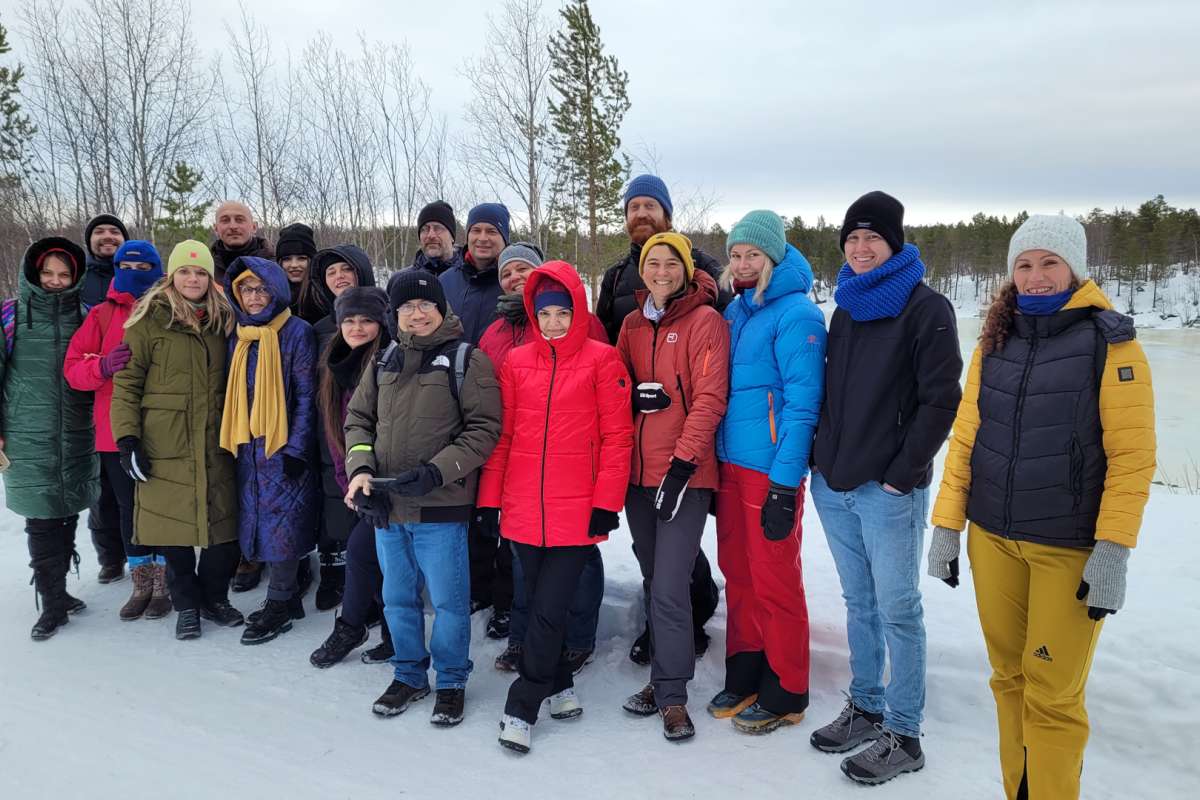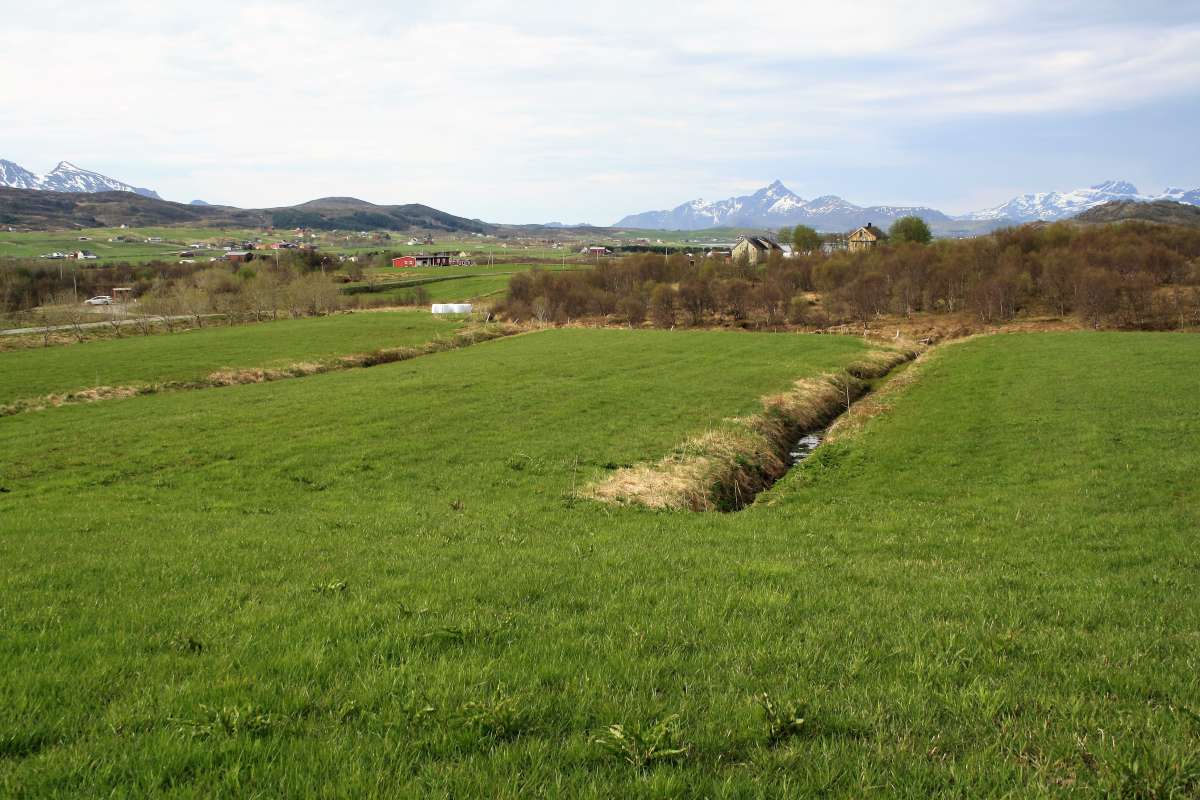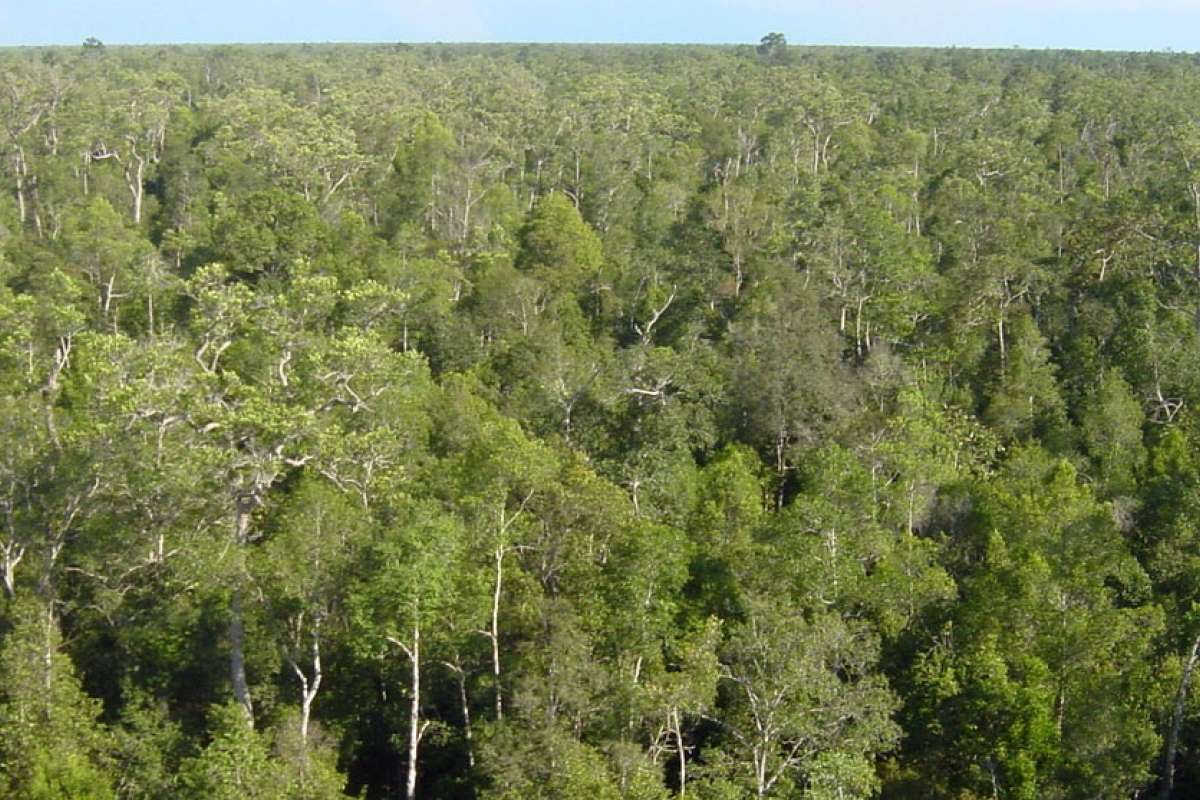Are there good alternatives to peat in horticulture?
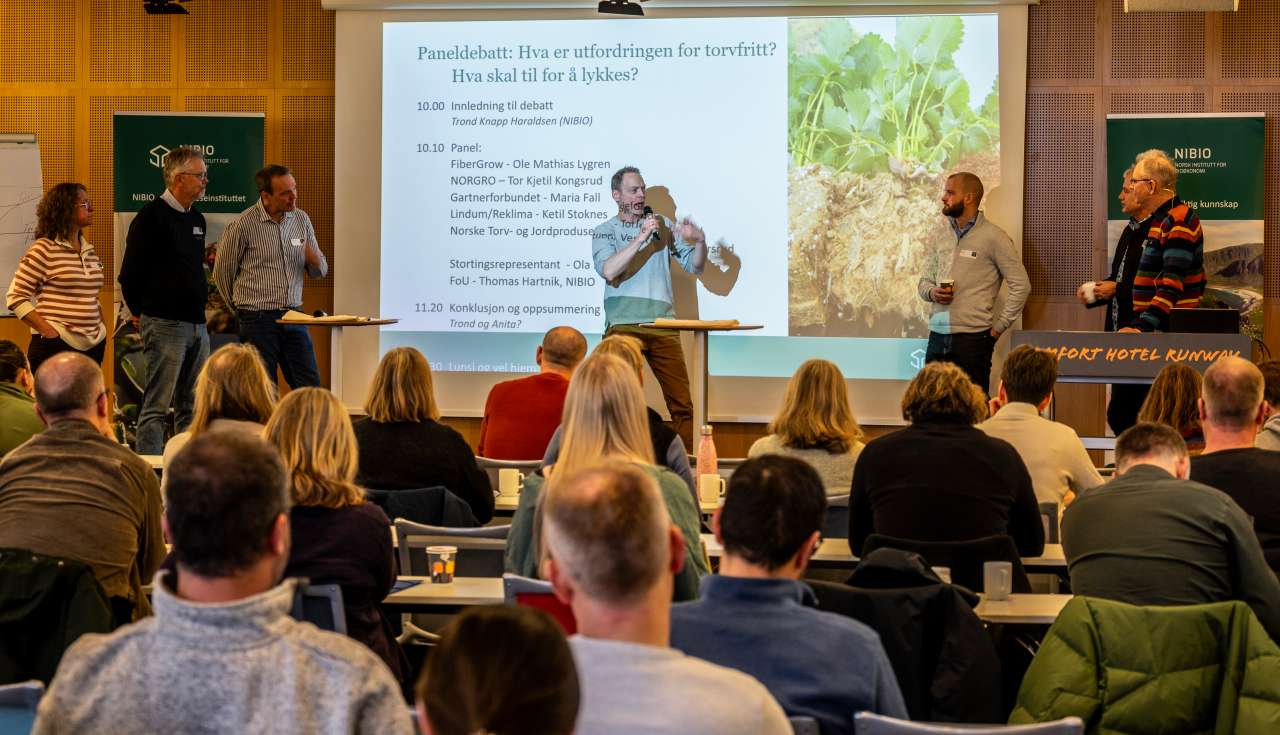
The seminar at Gardermoen marked the conclusion of the SUBTECH project and the initiation of the follow-up project SUBTECH 2.0. The challenges of peat-free cultivation were thoroughly analysed and discussed. Photo: Erling Fløistad
Authorities want to phase out the use of peat in Norwegian growing media. But are there good alternatives? For now, the answer is yes and no.
To preserve peat bogs, the market has long demanded alternative growth media, but so far, it has proven difficult to replace peat's beneficial physical, chemical, and biological properties.
The conclusion of the four-year SUBTECH project was marked with a two-day seminar at Gardermoen, Norway in mid-February. Here, participants heard exciting presentations about the highlights of the results, but also about the challenges that arise when attempting to phase out peat. The seminar was well attended, both by researchers, composting actors, and representatives from the agricultural industry.
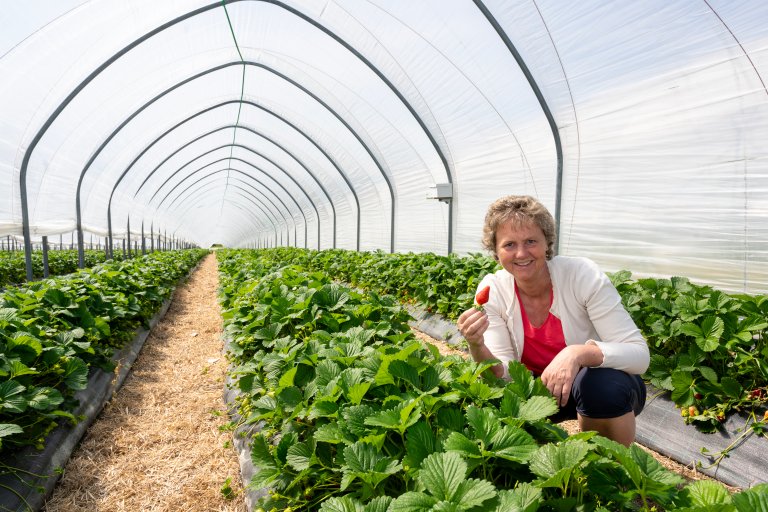
Project leader satisfied
Project leader at NIBIO, Anita Sønsteby, is satisfied with both the project and the seminar:
“The goal of the project has been to generate new knowledge that will contribute to increased sustainable production of plants and plant products in plastic tunnels and greenhouses, and to ensure stable plant production even without peat.”
“The results show that several plant species can now be grown in mixtures where anywhere from 25 to 100% of the peat has been replaced by other alternatives. This applies to strawberries in plastic tunnels, as well as some flowers and herbs, but not all crops respond the same. Common for all is that when peat is removed from the growing medium, plants must be fertilized and watered in a new way, adapted to each specific crop.”
“In this area, the project concludes the same as many projects before: We need much more research!”
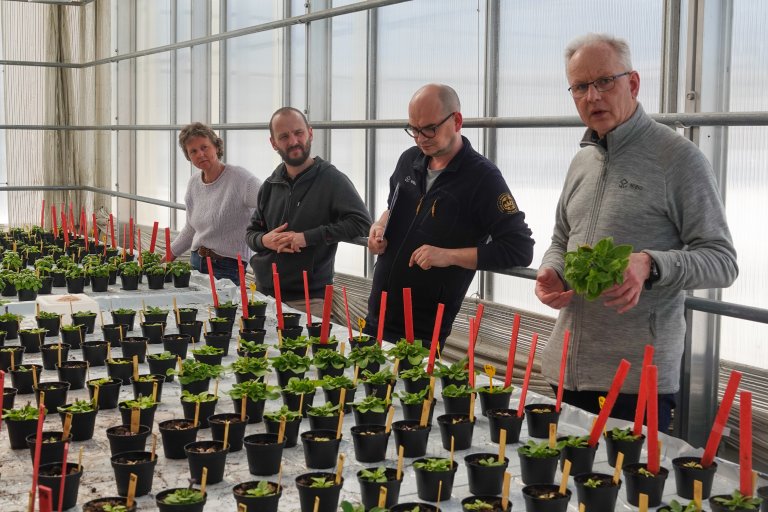
Peat has unique properties
Peat as a growth medium has quite unique properties when it comes to its ability to retain water and to release water to plant roots. Additionally, peat of the right quality is a raw material where pH and nutrient content can be relatively easily adjusted according to what the plants need. Peat is also almost sterile, completely free of plant diseases and weed seeds, which is important for a commodity that gardeners will use. Peat yields the same result time after time. The only problem with peat is that it is a resource that renews very slowly.
In a circular bioeconomy, there will be a need to incorporate biological waste into the cycle. In the project, this has been attempted by blending various types of compost into soil mixtures.
“However, the challenge with most types of compost is that the quality, such as structure and nutrient content, varies a lot”, says senior researcher Trond Haraldsen at NIBIO.
Several soil producers have attempted to launch peat-free compost-based soil mixtures, both for private gardens and for the professional market. However, the results using such products have been so variable that there has been limited resale, and none of the products have completely succeeded in the Norwegian market, according to Haraldsen.
Promising results using wood fiber
Another stable, recyclable resource we have in Norway is trees. We have a lot of forests, and we produce a lot of lumber. However, only about half of the timber becomes planks, the rest becomes chips and bark. This is a uniform resource that can be further processed into wood fiber.
From its new facility in Gjøvik, Hunton now produces a wood fiber quality, Fibergrow, intended for plant cultivation. The wood fiber has many properties reminiscent of peat but is by no means identical. Perhaps the most important property is that it is locally sourced and uniform. Fibergrow has been a partner in the SUBTECH project.
“We are very pleased with the results showing that many plants perform well in a mixture of peat and wood fiber,” says Tove Ladstein, leader of the horticultural market at Fibergrow.
“Particularly exciting are the experiences from Rogaland showing that cultivation in pure wood fiber yields better yields in cucumber and tomato than cultivation in rock wool.”
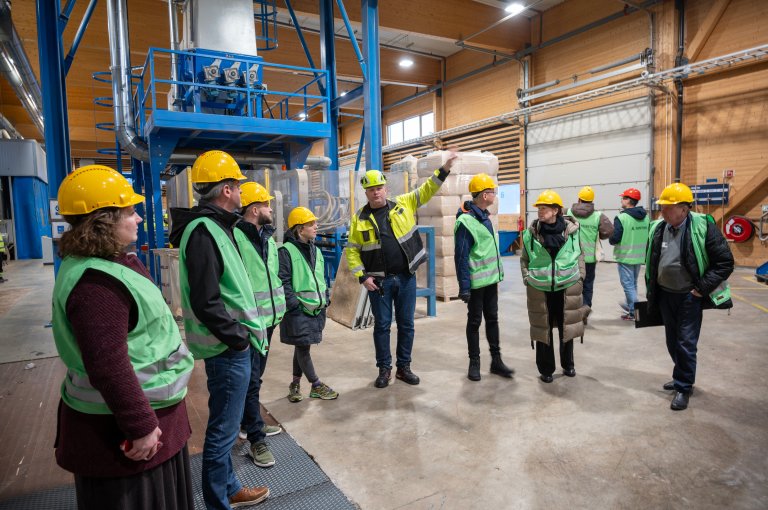
New follow-up project
“When it comes to other crops, and the incorporation of compost into the products, much research and testing remain. Therefore, it is especially gratifying to be able to conclude one project and immediately start a follow-up”, says Anita Sønsteby.
The goal of the new project, SUBTECH 2.0, is to find a completely peat-free growing media for the crops where this is possible. For specialty productions, such as vegetable seedlings, it is important to be able to use peat for many more years.
“This is especially important if Norway is to achieve the goal of increased production and consumption of vegetables”, conclude the two NIBIO researchers.
In SUBTECH 2.0, which will run from 2024 to 2027, the number of partners has increased from eight to 25. This confirms that research on peat-free growing media is relevant to many. The project group is broadly composed and includes companies in waste management and wood processing industries, as well as researchers in horticulture, growing media, precision agriculture, and wood technology.
Contacts
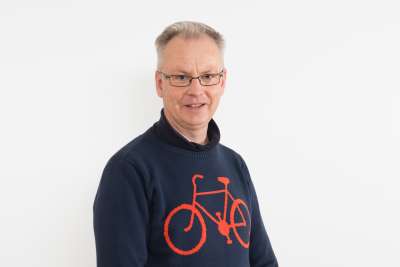
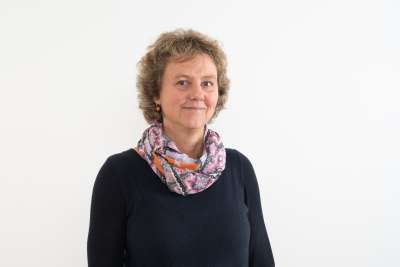
Anita Sønsteby
Research Professor
-
Division of Food Production and Society
(+47) 406 25 739 anita.sonsteby@nibio.no Office Location: Apelsvoll
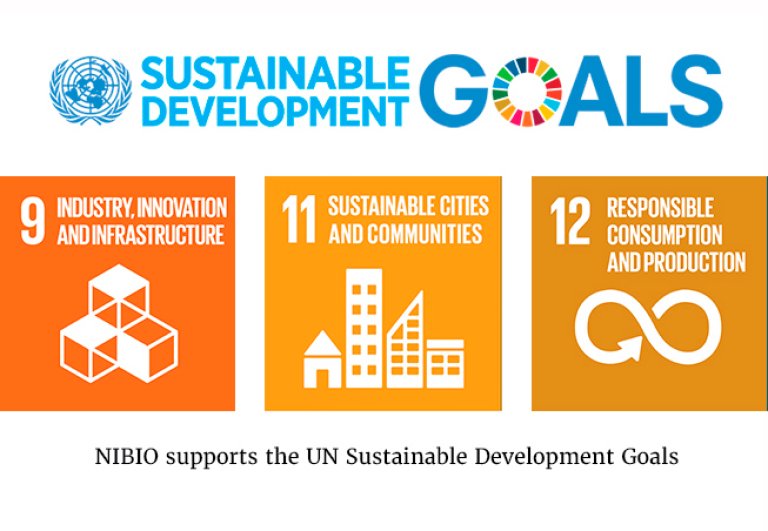
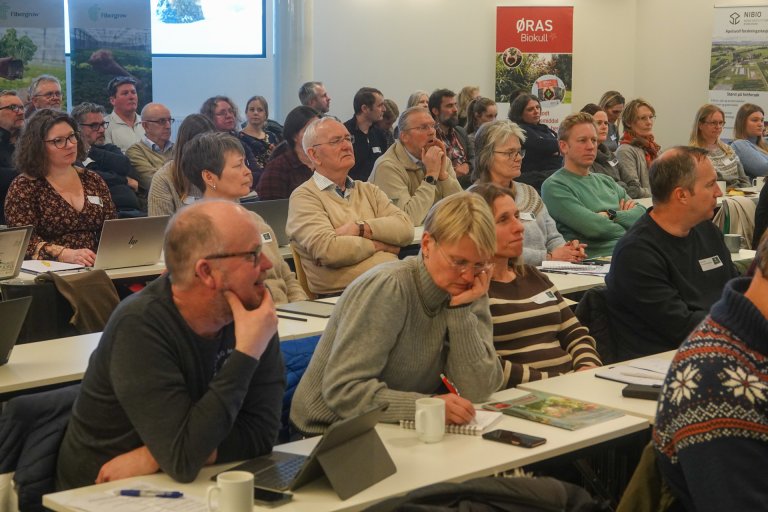
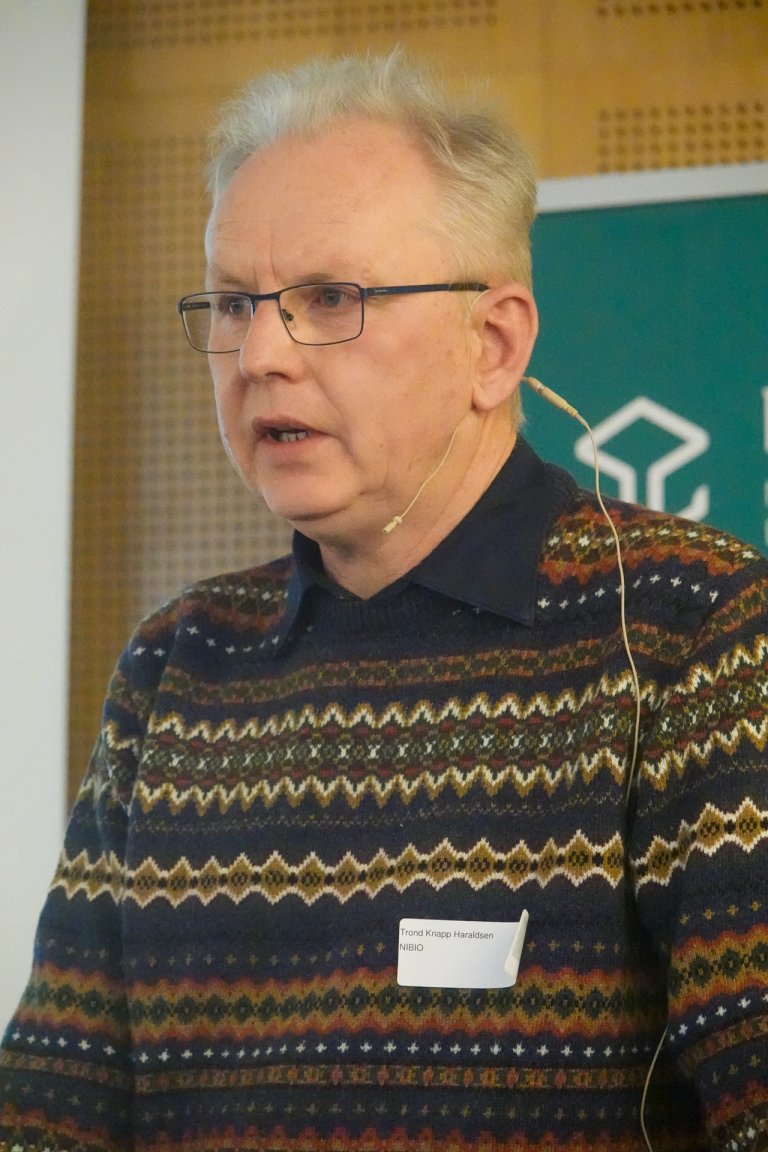
Contacts


Anita Sønsteby
Research Professor
-
Division of Food Production and Society
(+47) 406 25 739 anita.sonsteby@nibio.no Office Location: Apelsvoll

